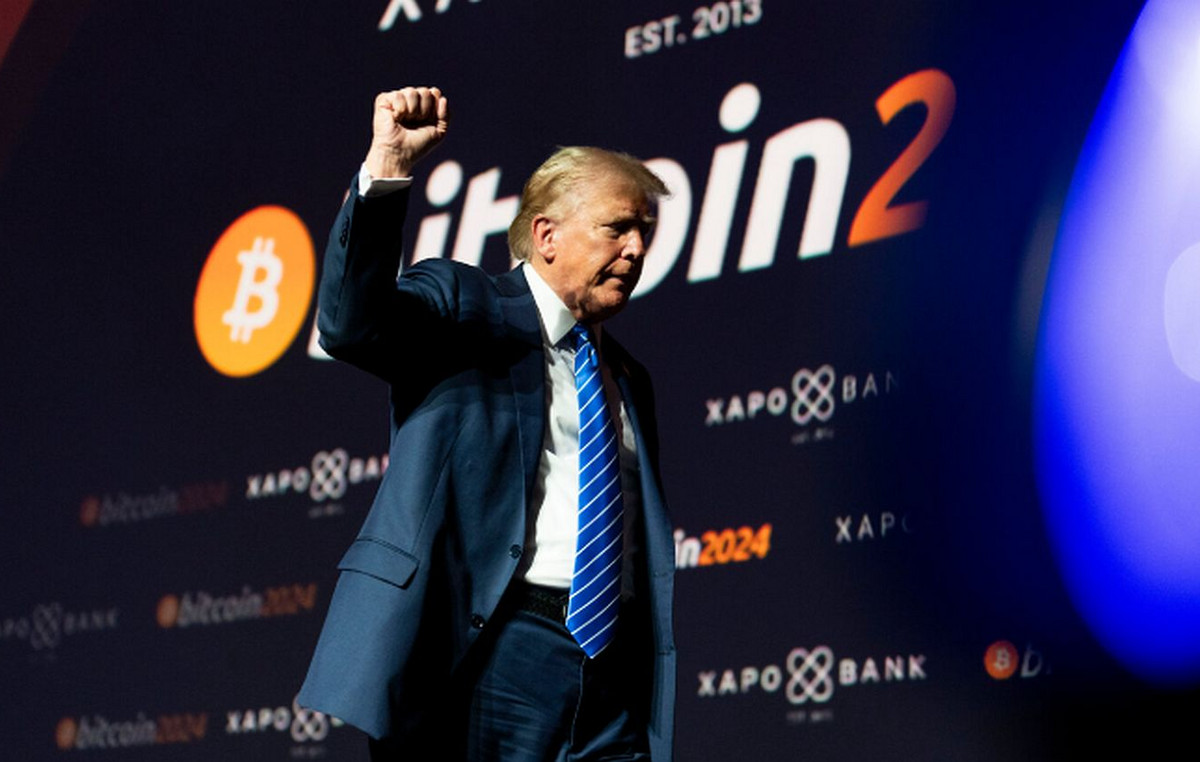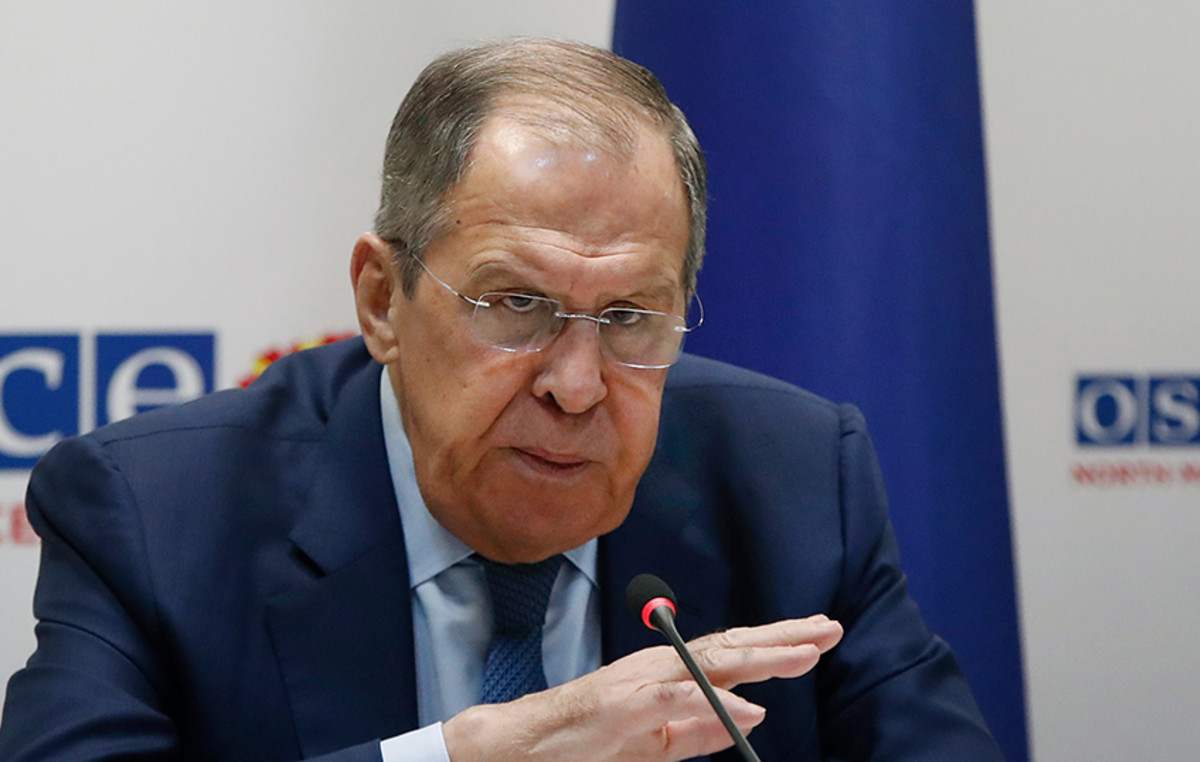- The US dollar extended its recovery into Wednesday, reaching 106.00, its highest level since early May.
- Rising US Treasury yields supported the US currency.
- The highlight of the week remains the June PCE inflation data due out on Friday.
Wednesday’s session saw the US Dollar, represented by the US Dollar Index (DXY), rise to 106.00, a level last seen in early May.
The economic outlook in the US continues to show resilience. There are some signs of disinflation, but it is still maintained, which means that the Federal Reserve (Fed) does not fully adopt the relaxation cycle.
Market drivers: The dollar rises due to the increase in Treasury yields, all eyes are on the PCE
- Wednesday’s highlight was May New Home Sales, which showed a drop of approximately 11.3% to 619,000 units from 698,000 units in the previous release and below the 640,000 expected.
- Simultaneously, US Treasury yields are rising, with 2-, 5- and 10-year rates reported at 4.74%, 4.33% and 4.31%, respectively.
- Expectations for a possible Fed rate cut in September remain high, with the CME’s Fedwatch tool odds at 60% for a 25 basis point cut.
- The review of the Gross Domestic Product (GDP) for the first quarter will be carried out on Thursday, which is expected to remain stable at 1.3%.
- The significant event on Friday will continue to be the May Personal Consumption Expenditures (PCE) report, a preferred inflation gauge for the Fed.
- Both headline and core PCE are projected to soften to 2.6% year-on-year, falling from 2.7% and 2.8%, respectively, in April.
DXY Technical Analysis: Bullish Momentum Continues, DXY Points Higher
The technical outlook remains solidly bullish with indicators firmly in the green. The RSI holds a level above 50, while green bars develop on the MACD, suggesting a buildup of strength among the bulls. The progressive slope of these indicators demonstrates that the DXY could be preparing for a further rise.
Furthermore, the DXY Index maintains a position above the 20-day, 100-day, and 200-day SMA, confirming a persistently positive outlook. With the Index reaching levels not seen since early May and with indicators showing a propensity for further upside, the DXY is headed for further gains. The 106.50 level is the next target for the bulls.
The Fed FAQs
The monetary policy of the United States is directed by the Federal Reserve (Fed). The Fed has two mandates: achieving price stability and promoting full employment. Your main tool to achieve these objectives is to adjust interest rates. When prices rise too quickly and inflation exceeds the Federal Reserve’s 2% target, it raises interest rates, raising borrowing costs throughout the economy. This translates into a strengthening of the US Dollar (USD), as it makes the United States a more attractive place for international investors to place their money. When inflation falls below 2% or the unemployment rate is too high, the Federal Reserve can lower interest rates to encourage borrowing, which weighs on the greenback.
The Federal Reserve (Fed) holds eight meetings a year, in which the Federal Open Market Committee (FOMC) evaluates the economic situation and makes monetary policy decisions. The FOMC is made up of twelve Federal Reserve officials: the seven members of the Board of Governors, the president of the Federal Reserve Bank of New York, and four of the eleven presidents of the regional Reserve banks, who serve for one year on a rotating basis.
In extreme situations, the Federal Reserve can resort to a policy called Quantitative Easing (QE). QE is the process by which the Fed substantially increases the flow of credit into a clogged financial system. It is a non-standard policy measure used during crises or when inflation is extremely low. It was the Fed’s weapon of choice during the Great Financial Crisis of 2008. It involves the Fed printing more dollars and using them to buy high-quality bonds from financial institutions. QE usually weakens the US dollar.
Quantitative tightening (QT) is the reverse process of QE, whereby the Federal Reserve stops buying bonds from financial institutions and does not reinvest the capital of the maturing bonds it has in its portfolio to buy new bonds. It is usually positive for the value of the US Dollar.
Source: Fx Street
I am Joshua Winder, a senior-level journalist and editor at World Stock Market. I specialize in covering news related to the stock market and economic trends. With more than 8 years of experience in this field, I have become an expert in financial reporting.







